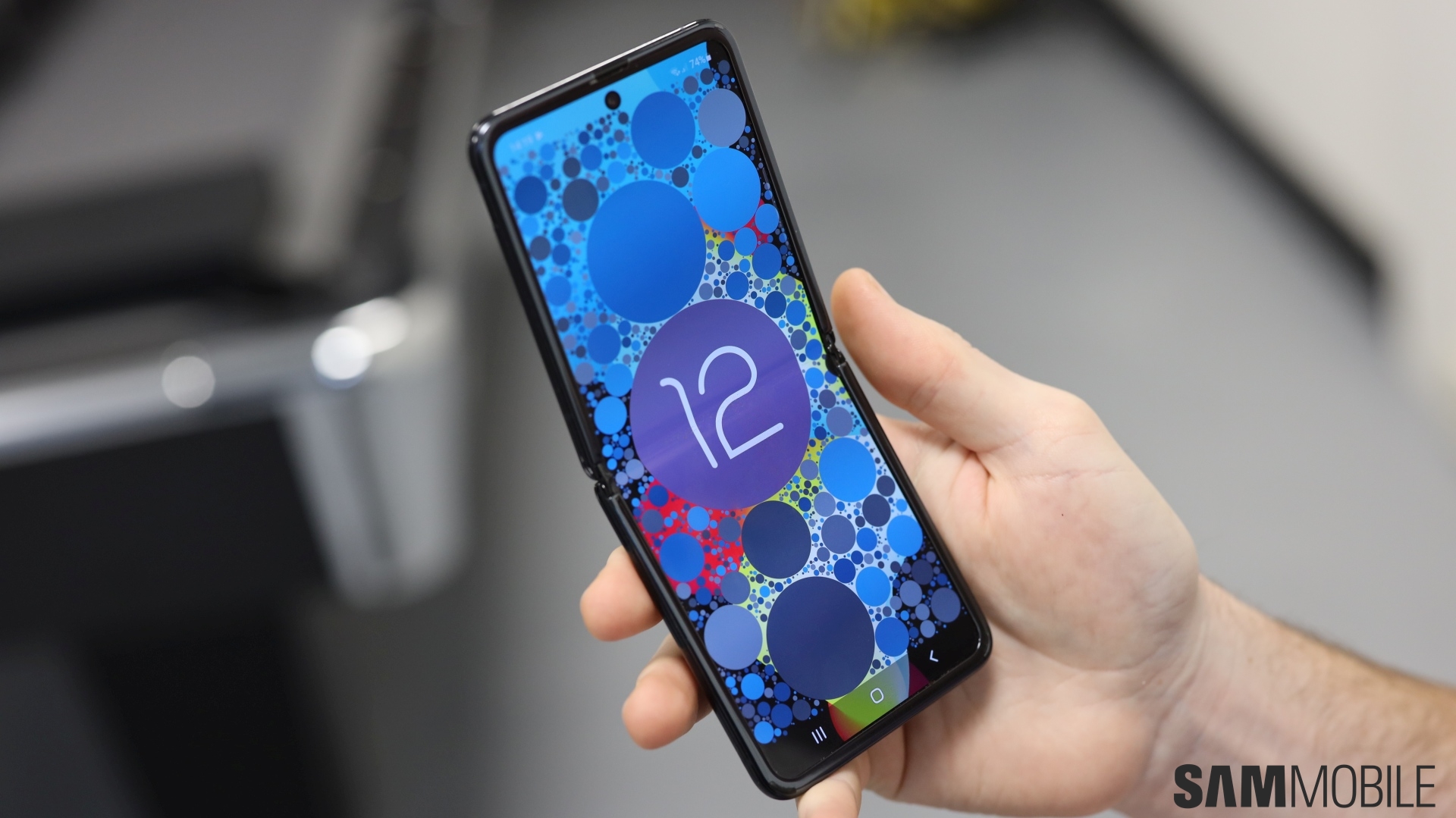How Samsung released major OS upgrades used to be quite predictable. The latest Galaxy S series would be the first to get the new update. It would then be followed by the Galaxy Note lineup. The relatively new Galaxy Z series was similarly prioritized.
The waiting game would then begin for those who owned outdated flagships or the company's mid-range devices. Often they wouldn't get the update several months after it was originally released. As you can probably expect, that didn't make fans happy.
It would particularly tick them off if comparable devices from rivals were updated to the new version first. This had fans feeling envious even though they had spent a considerable sum buying some of the best Samsung phones out there.
This is how it has been for the past few years. Here's just one example: Even though the Android 11 One UI 3.0 update was released for the Galaxy S20 on December 3, 2020, the rollout for mid-range devices wouldn't begin until February 4, 2021, when the Galaxy A51 was finally updated to Android 11. Other mid-range and entry-level phones weren't updated until weeks and months thereafter.
Fans could find solace in the fact that at least it wasn't like the old days anymore. Those of us who have been Samsung users for a long time know how it used to be back then. Often it felt like every device under the sun had received its major Android OS upgrade but our trusted Galaxy phones were left behind.
Fortunately, Samsung has taken concrete steps to improve its software update game. Over the past few years, there has been a noticeable change in the frequency and pace of its rollouts. We've all benefitted from that change. Updates, particularly major OS releases, don't take as long to arrive anymore. Samsung also diligently releases monthly security updates for all compatible devices.
That's not all. Samsung has also made a major commitment that greatly helps its users. The company now commits to providing three Android OS upgrades for most devices and four years of security updates. It's one of the rare few Android device manufacturers that provide this enhanced level of support.
It's been great to see how Samsung has improved its software update game even further with the Android 12 One UI 4.0 release. When the beta program was launched, Samsung said that the Galaxy S21 series would be the first to get this firmware before the end of this year.
This was in line with what we had seen before. It meant we'd probably see the lineup get Android 12 in December. Samsung surprised us all by releasing the stable version of the update for the Galaxy S21 series a month earlier in November. This was a great sign as it meant other compatible devices would soon start getting the update as well.
That's exactly what happened. Samsung sent out updates for other devices in quick succession. Two weeks later, the Galaxy Z Fold 3 and Galaxy Z Flip 3 were updated to Android 12. The Galaxy S10 series, Galaxy Note 20, Galaxy Z Flip, Galaxy Tab S7/S7+ and more got the update as well in subsequent weeks.
With many of its high-end phones sorted, it was only a matter of time before the company turned its attention towards the mid-range phones. Samsung isn't making those users wait for any longer than necessary.
Earlier this week, the Galaxy A72 became Samsung's first mid-range device to receive the Android 12 One UI 4.0 update. Just yesterday one of the company's most popular devices, the Galaxy A52, was also updated to Android 12.
In just two days, the company has made the latest version of Android available to millions more across the globe. It's particularly noteworthy because mid-range devices have rarely been treated with the same urgency for updates as their high-end counterparts. This is an industry-wide phenomenon. Manufacturers always rush to cater to their highest-paying customers first.
That's one of the reasons why you see a lot of mid-range devices from other Android manufacturers still running Android 11. Even if those OEMs have updated their flagship phones, they don't seem to be in a rush to get their more affordable models on Android 12.
It's glad to see that Samsung is taking a different approach. Perhaps the company recognizes that customers now regard the software update experience highly. If it can improve that experience for customers across its entire price spectrum, it can improve brand loyalty and even attract new customers from other brands that are perhaps not doing as good of a job.
At its blistering pace, Samsung is almost three months ahead of its rivals with the Android 12 rollout. This isn't just about mid-range phones. Samsung has released Android 12 so quickly for so many of its phones that its competitors can't help but be jealous.
It's quite possible that all Samsung devices eligible for Android 12 may receive the update in the next couple of months. Samsung would be done with its Android 12 rollout long before many of its competitors and that's going to be a really impressive achievement.
As Samsung fans, we can only hope that the company continues to improve this even further. Its ability to provide an unparalleled software update experience will make it all the more difficult for its rivals to compete with it.


![[Video] Discover all the advanced features on your Galaxy phone or tablet!](https://www.sammobile.com/wp-content/uploads/2024/07/Samsung-One-UI-advanced-features-226x127.jpeg)




